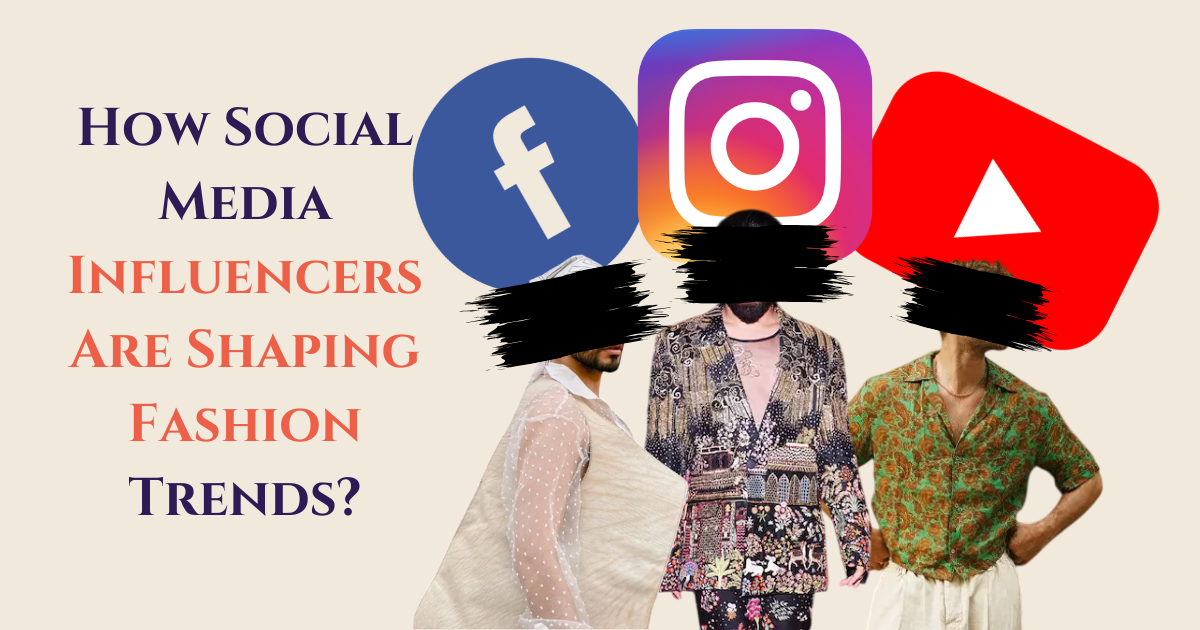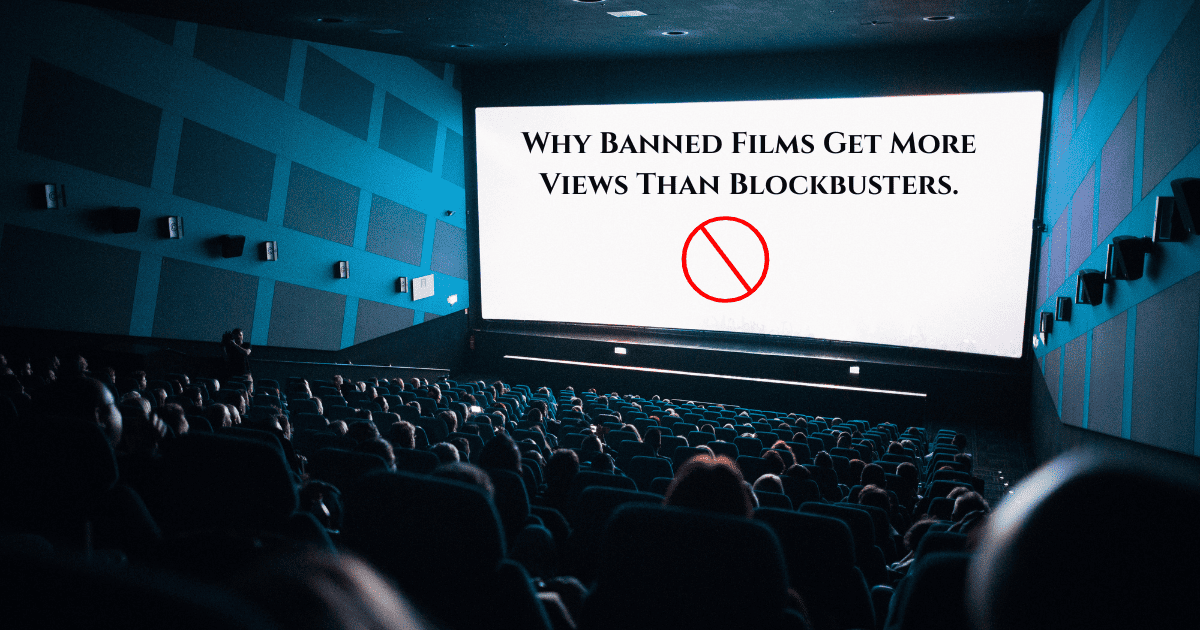Explore why viral documentaries captivate audiences so powerfully, tapping into emotions, curiosity, and shared experiences to dominate conversations.
In the age of endless streaming, some documentaries rise above the noise and become global phenomena. From true crime sagas to shocking social experiments, viral documentaries do more than tell a story — they tap into deep psychological triggers that make us unable to look away.
Curiosity: Our Brain’s Need to Know More
Humans are naturally curious. Viral documentaries often leave just enough mystery at the beginning to hook viewers. As new details unfold, our brains release dopamine, rewarding us for learning and piecing together information. This need for closure drives binge-watching and makes documentaries feel almost addictive.
Emotional Engagement: Connecting on a Personal Level
The most successful documentaries build a strong emotional bond. They introduce relatable characters or situations that spark empathy, outrage, hope, or sadness. Emotional connection makes viewers invest mentally and emotionally, sharing the content with others to express their feelings and validate their reactions.
The Shock Factor: Surprise and Outrage Fuel Sharing
Many viral documentaries present shocking truths or expose hidden scandals. Surprise and outrage are powerful motivators for sharing content. When viewers experience strong emotional reactions, they feel compelled to spread the message, fueling the viral loop.
Social Proof: Everyone is Talking About It
When a documentary becomes a trending topic, people are naturally drawn to it to be part of the conversation. The fear of missing out on cultural moments makes viewers more likely to watch and discuss viral documentaries. Seeing friends and influencers recommend a documentary also adds to its perceived value.
Moral Outrage and Advocacy: Turning Viewers Into Activists
Some viral documentaries go beyond storytelling by inspiring activism. Whether it is about environmental damage, injustice, or corporate greed, documentaries that make viewers feel morally responsible can create movements. Sharing the documentary becomes a form of taking action or showing personal values.
Narrative Techniques: Storytelling Like a Thriller
Viral documentaries often borrow techniques from fiction. Cliffhangers, character development, and plot twists keep audiences engaged. Treating real-life events with the tension and pacing of a thriller makes viewers emotionally invested and eager to see what happens next.
Visual and Audio Triggers: Sensory Hooks
Powerful visuals, haunting music, and careful editing can amplify emotions. Visual storytelling heightens memory retention and emotional resonance, making the experience more immersive and hard to forget. The stronger the sensory impact, the more likely people are to recommend it.
Community Building: Creating a Shared Experience
Successful documentaries often spark debates, fan theories, and online discussions. They create communities of viewers who analyze, argue, and dig deeper into the content. Belonging to a community around a documentary amplifies its reach and keeps it trending longer.
The Dark Side: Sensationalism and Misinformation
While the psychology behind viral documentaries can create awareness, it also has a dark side. Sometimes filmmakers exaggerate, selectively present facts, or manipulate emotions to maximize impact. Viewers should remain critical and aware of how storytelling choices can shape perceptions.
Conclusion: Viral Documentaries Are Psychological Masterpieces
The next time you find yourself obsessively watching a documentary everyone is talking about, remember it is not by accident. Viral documentaries are expertly crafted to trigger curiosity, emotions, social engagement, and a sense of belonging. Understanding the psychology behind them helps us appreciate the power of storytelling — and be smarter viewers.










